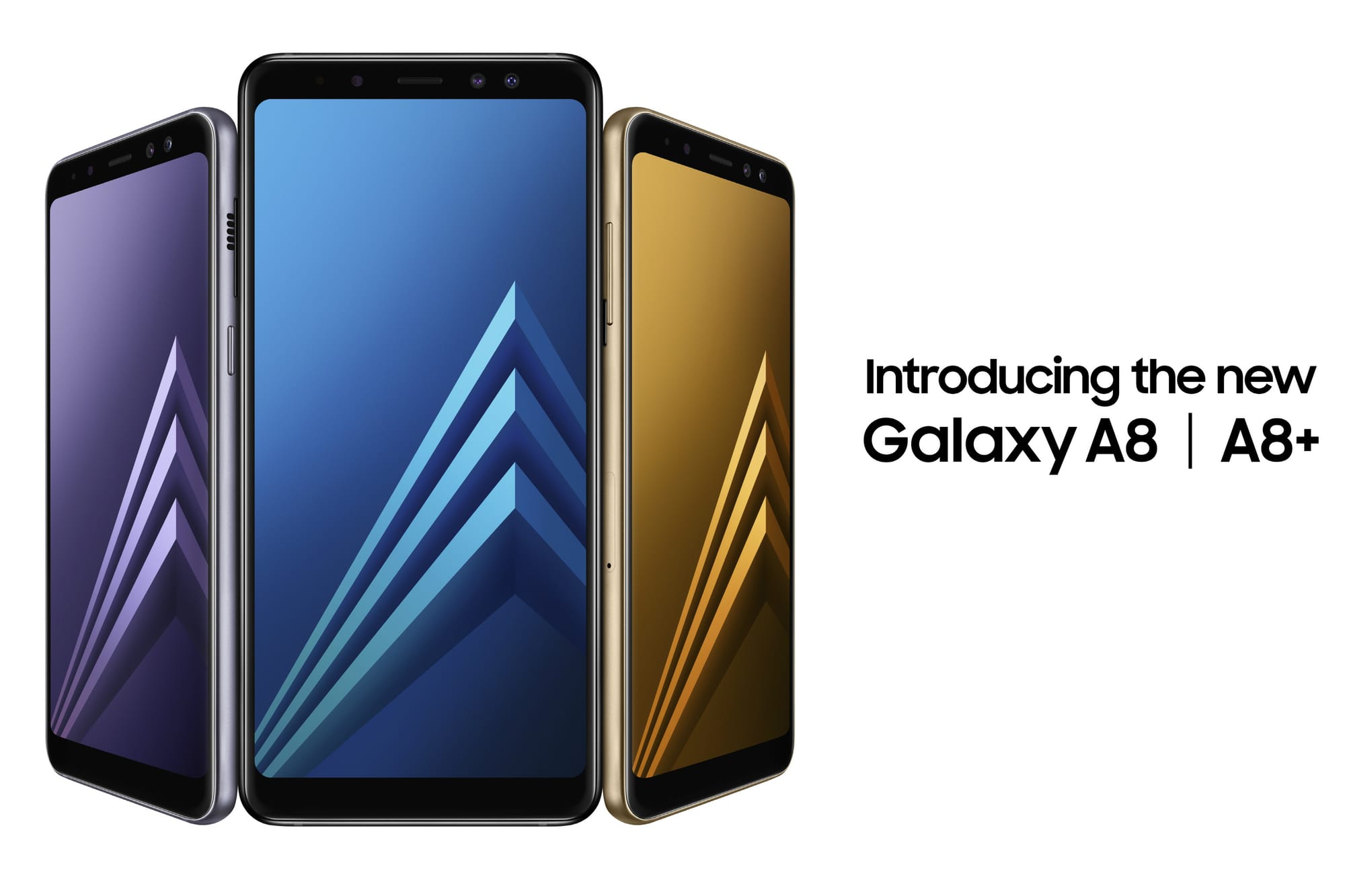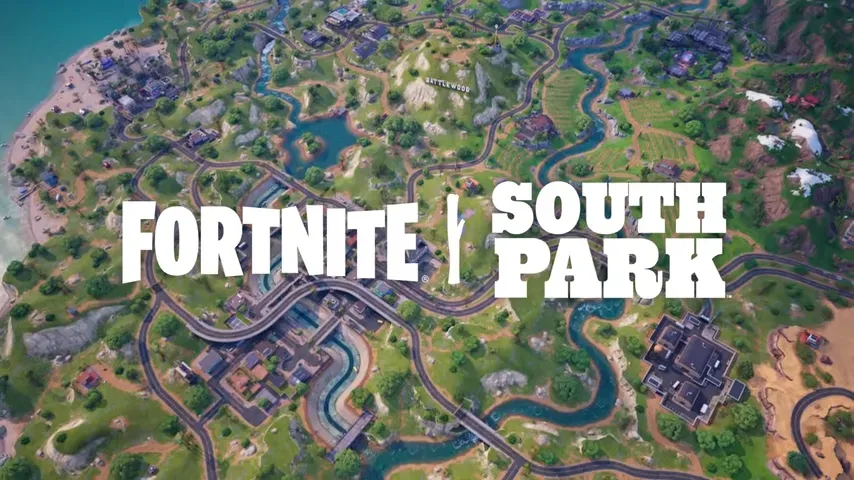Samsung introduced the Galaxy A series a few years back. As the company’s first “all metal” smartphones, they were originally designed to be sold in China and compete against the growing competition from the likes of Huawei, Xiaomi, and others that were slowly but surely eroding the Korean conglomerate’s foothold. The following year saw the introduction of glass backs mirroring the Galaxy S6, and past year saw a further refinement that echoed the Galaxy S7. Last month was the official launch of two terrific new offerings, the Galaxy A8 (2018) and the Galaxy A8+ (2018).
The pair of products parallels the Galaxy S8 and S8+ a little too closely design-wise however, and that comes at a cost to the detriment of the devices: Why would anyone want to spend $500+ for an upper mid-range smartphone when they could have the 2017 flagships for around $600 – or less?
Please note that for the sake of brevity, A8 will refer to both the smaller and larger device, unless specifically noted.
Difference between Galaxy A8 and A8 price isn’t much, and that’s a problem
Just as how embedded fingerprint sensors became standard with the prior Galaxy A models, so too has Samsung’s new Infinity Display design language with the 2018 series. Removing the marketing term, this basically means smaller bezels and a higher screen-to-body ratio. As a result, the fingerprint sensor has been moved to the back of the unit. The end result looks great, and sure turned heads back when Samsung first unveiled it at the launch of the S8. It follows that the A8 and A8+ will do likewise.
Of course, the Galaxy S8 has been out for many months now. Heck, even the Galaxy Note 8 has been out for months now. Stores all around the globe are slashing prices and even holding BOGO sales to move units and minimize unsold inventory in preparation to the impending announcement of the Galaxy S9, slated to take place in just a few short months. There are units on eBay galore, in used stores and pawnshops, Swappa… and if one can make it to a major marketplace like Hong Kong, there are dozens upon dozens of stores with truly killer prices.
Perhaps the only two unique points going for the Galaxy A8 are the pair of dual front-facing selfie cameras and the new fingerprint sensor placement: under the camera module. Both are nice features, and the former in particular is likely something the younger crowd – whom the A8 is presumably being marketed to – would be interested in. But then again, younger people tend to care about specs and performance, so wouldn’t this group be much more inclined to buy an S8 at a similar price?

Then of course, there’s competition outside of the Samsung circle. Much has been made about the OnePlus 5T and its paring of flagship features and components with a starting price around the same point as the A8. The phone also features a bezel-less display as well, thus making it even more compelling, yet instead of the mid-range SoC stuck on Samsung’s smartphone, it goes full throttle with the Qualcomm Snapdragon 835 and double the RAM. Once again: more for the money.
→ Check out: OnePlus 5T vs Nokia 8 vs Galaxy S8
Where does Galaxy A8 stand, then?
At this point, it’s downright confusing as to how Samsung expects the Galaxy A8 to perform. The Korean conglomerate seemingly does not want to accept the fact that its products have become less compelling by way of competition in this range. It’s not that they are bad, or even unworthy of a purchase. But in a country like China where domestic brands like Huawei or Oppo/OnePlus can offer highly competitive creations of their own, there is less and less interest and desire to carry around a Korean-made device.
Thus, Samsung’s no longer among the top five in China, but elsewhere too, like in India and Europe, devices from OnePlus and Huawei have become people’s favorite. And rightly so, because of the specs, and more importantly, the performance their devices offer. Sure, Samsung’s Galaxy S8 betters the OnePlus 5T in everything (except performance, a tad), so those interested only in Samsung only would rather look at a device like Galaxy S8, than the Galaxy A8, to get something better than what the Chinese OEMs are offering, especially when the difference in price the A8 and the S8 isn’t more than $100 under a deal.

That the Galaxy A8 (2018) has been launched in December isn’t strange given the timing of the series on the whole. What is strange is the product’s pricing. There is not a single feature – save for the pair of front cameras – that is better than the flagship S8, yet Samsung insists on a price point of $500+ Expected, BTW). Because the S8 costs dramatically less than it did back in the Spring, there really is no point in buying a lower-end offering for about the same price. Were the Galaxy A8 were to have been offered for $400 at most, then one might be able to make a case for buying one.
What do you think? Are you interested in the A8 despite the curiously high price point? Leave a comment or two below and let us know!













Discussion